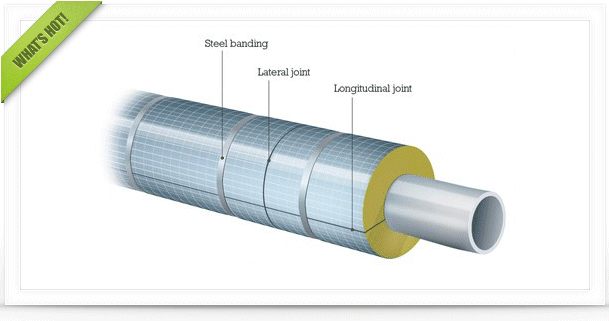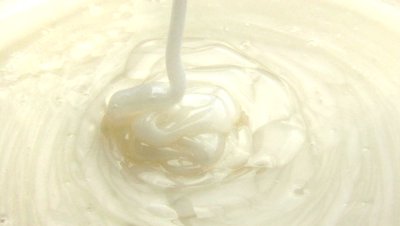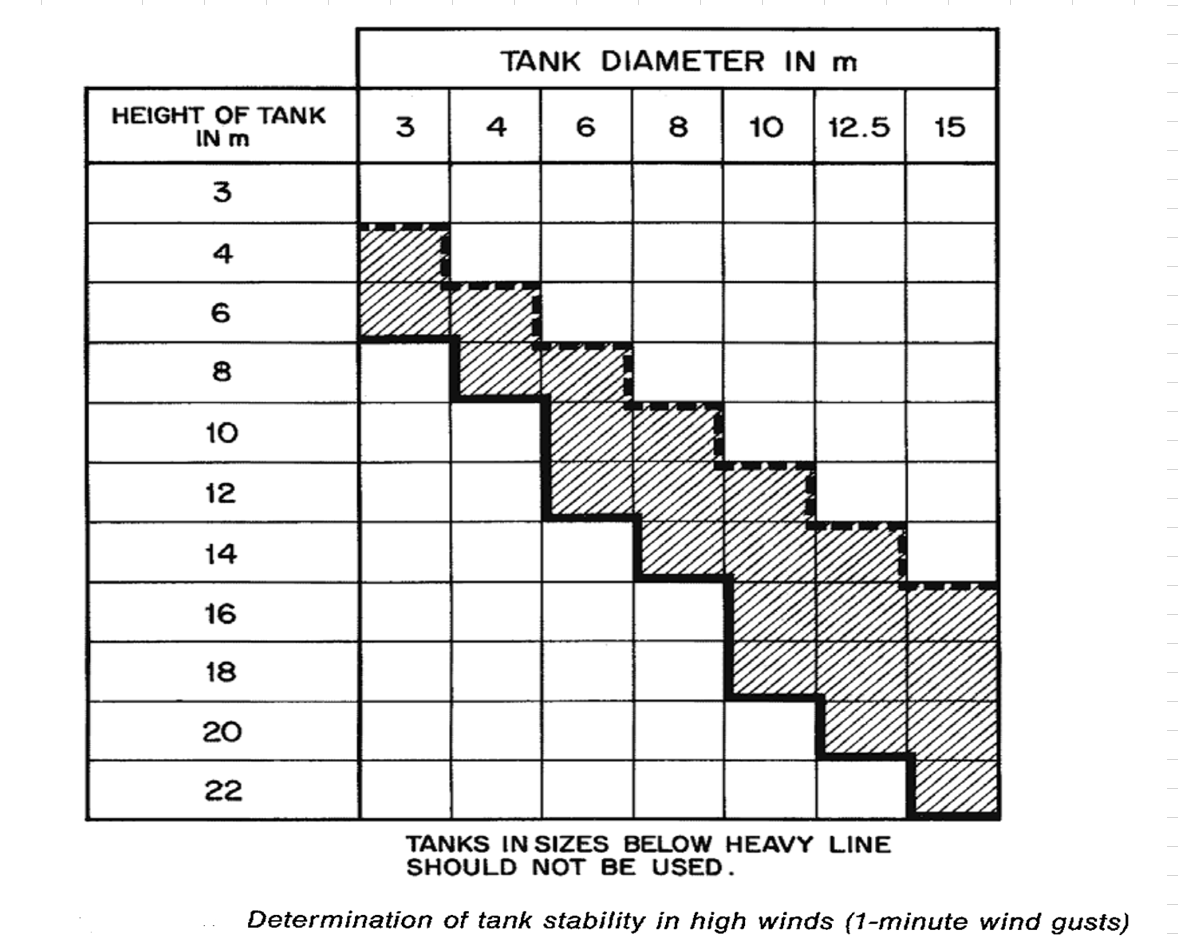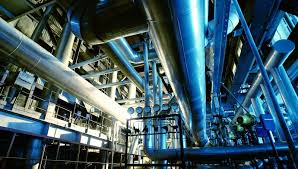|
|
Rotary Pump
#1

Posted 08 September 2009 - 12:06 AM
I know that rotary pumps has no problems with NPSH, But i am confussed that the plunger type pumps also behave in the same way or not.
Kindly share your opinion.
Thanks in Advance
#2

Posted 08 September 2009 - 02:08 AM
Shah Khan:
Your post is confusing. The Title states a “Rotary Pump” and yet you want to purchase Positive Displacement Pumps of the plunger variety. What is it that you mean to state? The two types stated are different in mechanical respects and in the way the NPSHa is calculated. Please be specific.
You also state that some of the pumps “has same NPSHr as NPSHa and some has 3 to 6ft NPSHr greater then NPSHa”. This statement is very misleading or out of context because what you state means that the pumps are not applicable to your application – they simply won’t be able to suck-in liquid fluid into the pumping chamber because of a lack of sufficient NPSHa.
ALL pumps are subject to the same constraints imposed by NPSH on their ability to suck-in liquid fluid, and rotary pumps are no exception to that. However, rotary pumps have nothing to do with your problem at hand. The fact that you cannot supply sufficient NPSHa to your reciprocating plunger pump is your problem and that is what you need to resolve.
#3

Posted 08 September 2009 - 10:48 PM
Sorry to interrupt, but i have some similar questions to ask.
I have been quiet curious about this rotary pump NPSHa and suction pressure. If my existing pump has been designed to a certain NPSHa and differential pressure, but now my suction side pipe routing had change, causing a negative suction pressure (which the existing pump is design for a positive suction pressure). What would be the effect to this?
Required capacity of pump remains the same.
I do not have the NPSHr for the existing rotary pump. I only have the NPSHa, suction pressure, discharge pressure of the original pump.
Now, if the differential pressure calculated for the new routing is below the differential pressure of the existing rotary pump. Is this a sign that this pump will work, although the suction pressure may be lower than existing pump suction pressure?
I have attached my pump hydraulics calculation.
As i don't have the NPSHr, i have actually thought of ensuring my new routing NPSHa is somewhere near the existing ones by changing the suction line size. Thinking that it may help to reduce the pressure drop and probability that this pump would not have enough suction.
Regards,
Shar
#4

Posted 09 September 2009 - 01:55 AM
Shar:
Until we hear from Khan, we won’t know really whether this is a rotary pump thread or a PD-reciprocating pump thread – but it would have been much better organized if you had started your own thread. Nevertheless, now that you are here, I’ll comment the following:
- Your spread sheet is the proper, engineering manner to present your calculations and it seems well organized. However, it isn’t titled and no can interpret if it represents calculations or empirical data listing. There are no equations in the NPSHa column, so I can’t really tell if you calculated the value. In the future, please insert the proper equation in the right cells and, if you agree, color the calculated values or add a shaded color to the cell to immediately identify the calculated values - as opposed to the input or statistical data.
- Rotary pumps don’t normally require a lot of NPSHr. In fact, as your data shows, they can operate on a partial vacuum. It all depends on the physical condition that the pump finds itself in and the amount of clearance given to the gears, vanes or lobes in the actual design. The lower the clearance, the lower the NPSHr – but the amount of mechanical wear also increases and the result is an increase in NPSHr.
- You really find yourself at a standstill (or, as we say in the USA, “dead in the water”) with respect to finding out how much NPSHa you need without a report from the pump manufacturer stating the designed and expected NPSHr on that specific pump. The manufacturer is the only one who really knows what the NPSHr is for that pump. You can’t calculate the value; you have to run empirical tests in a controlled laboratory.
Additionally, it isn’t enough to merely state that a pump is a “rotary” pump. You have to specifically state if it is, as I have indicated above, if the design is a gear, vane, lobe, etc.. Each type has its advantages and disadvantages. Even the gear type has two versions: inside or outside gears.
Without the NPSHr from your manufacturer, I’m afraid you are left to your own resources – and these break down to basically trial-and-error attempts.
I hope this helps.
#5

Posted 09 September 2009 - 09:57 AM
HI Shah Khan and Art,
Sorry to interrupt, but i have some similar questions to ask.
I have been quiet curious about this rotary pump NPSHa and suction pressure. If my existing pump has been designed to a certain NPSHa and differential pressure, but now my suction side pipe routing had change, causing a negative suction pressure (which the existing pump is design for a positive suction pressure). What would be the effect to this?
Required capacity of pump remains the same.
I do not have the NPSHr for the existing rotary pump. I only have the NPSHa, suction pressure, discharge pressure of the original pump.
Now, if the differential pressure calculated for the new routing is below the differential pressure of the existing rotary pump. Is this a sign that this pump will work, although the suction pressure may be lower than existing pump suction pressure?
I have attached my pump hydraulics calculation.
As i don't have the NPSHr, i have actually thought of ensuring my new routing NPSHa is somewhere near the existing ones by changing the suction line size. Thinking that it may help to reduce the pressure drop and probability that this pump would not have enough suction.
Regards,
SharRotary Pump Hydraulics.xls 17.5KB 105 downloads
The suction pressure does not impact pump performance in the case NPSHa-NPSHr>=0. If you don’t know NPSHr, you have no way to tell how high HPSHa is enough. You may be OK because at least your NPSHa values are still positive
#6

Posted 16 September 2009 - 04:07 PM
If my existing pump has been designed to a certain NPSHa and differential pressure, but now my suction side pipe routing had change, causing a negative suction pressure (which the existing pump is design for a positive suction pressure). What would be the effect to this?
As implied earlier, regarding pump performance, you will either have or not have sufficient NPSH to satisfy the pump. If you have enough, no problem; if not, the pump's performance will be degraded.
Regarding negative suction pressures, a disadvantage would be that vacuum in the suction line could potentially result in air inleakage.
Similar Topics
Vacuum PumpStarted by Guest_R.t_* , 19 Sep 2025 |
|

|
||
Positive Displacement PumpStarted by Guest_Selvakannan_* , 31 Jul 2025 |
|

|
||
Thermal Oil Pump Motors Blew OffStarted by Guest_lizelle_* , 02 May 2025 |
|

|
||
Centrifugal Pump In Recycle Mode: Constant Power Consumption But FluctStarted by Guest_Kakka_* , 23 Jan 2025 |
|

|
||
Need Help Understanding Increased Power Consumption In Injection PumpStarted by Guest_Kakka_* , 21 Feb 2025 |
|

|

 FB
FB








